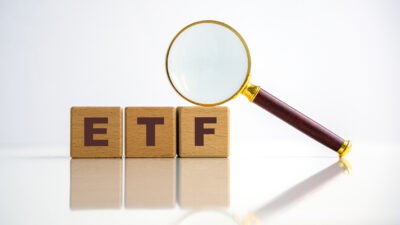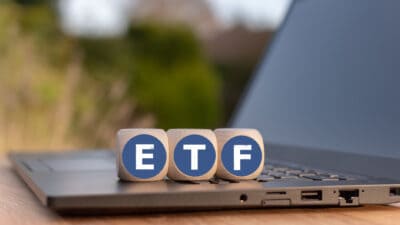Investing in S&P/ASX 200 Index (ASX: XJO) shares passively, that is to say, using index funds, has never been more popular. Experts ranging from the late Jack Bogle to the legendary Warren Buffett have long touted the benefits of this approach for the everyday investor.
And this has extended to the ASX, with index funds and exchange-traded funds (ETFs) surging in assets under management for more than a decade now.
But how successful was this hands-off approach over the year just gone? To answer that, today we'll be looking at how much a $2,000 investment into the ASX 200 at the start of last year would have been worth by the close of December.
So right off the bat, no one can invest in the S&P/ASX 200 Index directly. However, we can use index funds that closely mirror the index as a proxy.
A great example is the SPDR S&P/ASX 200 Fund (ASX: STW). It's a simple index ETF that tracks the index as closely as possible, holding the 200 largest ASX shares, weighted by market capitalisation.
So according to the ETF provider, this fund was able to return 12.16% over 2023, with the index itself delivering a return of 12.42% (the difference comes down to fees and not quite mirroring the index exactly).
Of that 12.16%, 7.34% came from capital growth. The remaining 4.81% came from the dividend income investors also enjoyed from holding this ASX 200 investment.
How much did a passive investor make with ASX 200 shares in 2023?
So if an investor put $2,000 into STW units at the start of January last year, it would have grown to $2,146.80 by the end of December. Further, that investor would have also enjoyed $96.20 worth of dividends (plus some franking credits as well). That brings our ASX 200 investor's total gain from $2,000 to $243, leaving them with $2,243 (not including the value of those franking credits).
Although that doesn't seem like a huge return, it would have smashed what that ASX 200 investor would have been able to achieve with most other assets, especially from leaving it in the bank in a term deposit. Remember, passive investing works best when left alone over many years to enjoy the power of compounding.
At this rate of return (which is not guaranteed, of course), a $2,000 investment would turn into more than $250,000 if just left alone for 40 years. If you were to consistently invest just $100 a month over that period, you'd be looking at something closer to $1.5 million.








